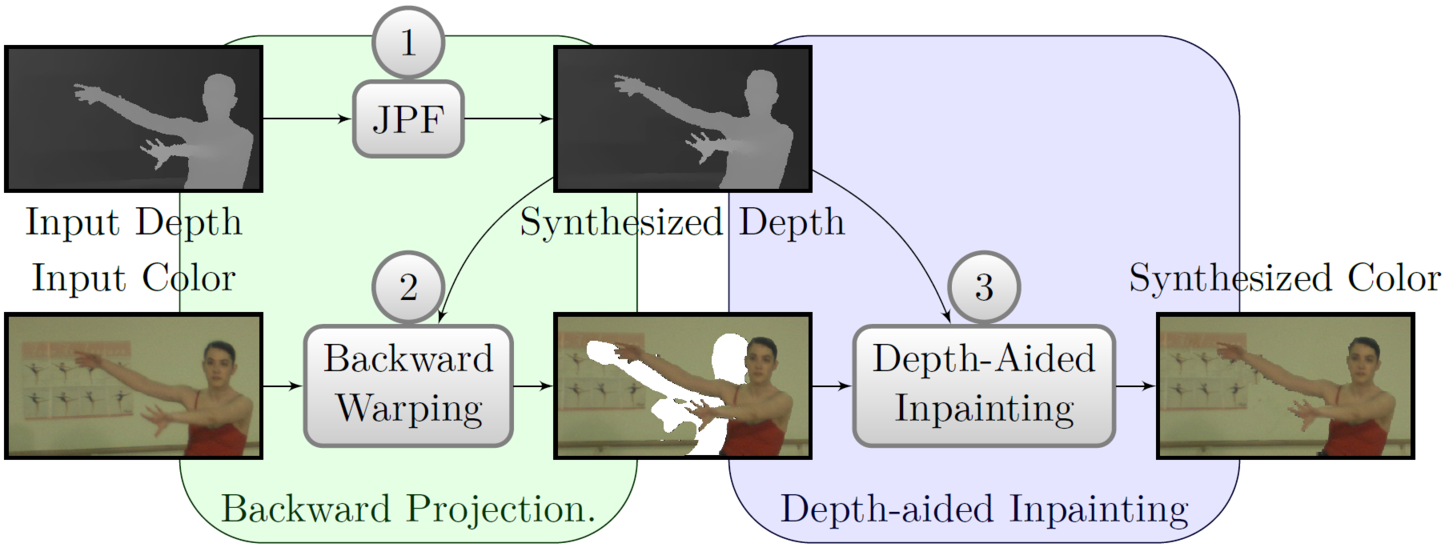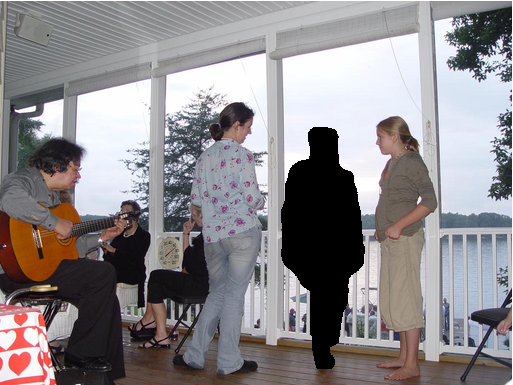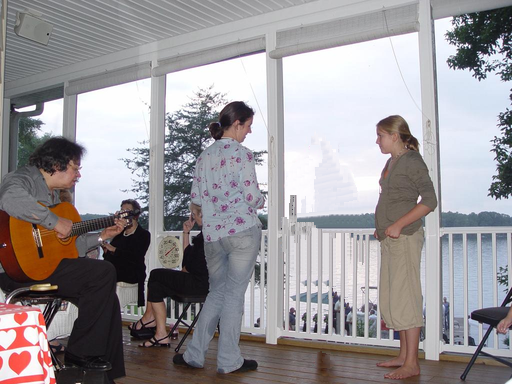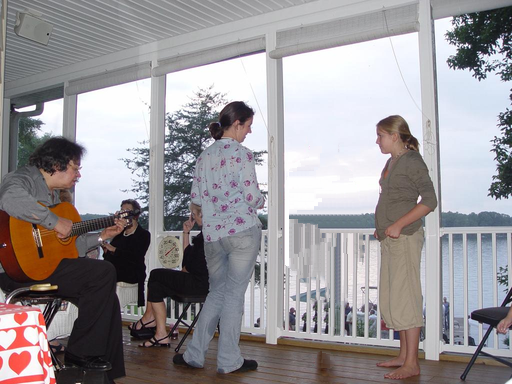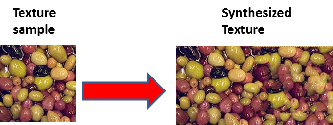Section: New Results
Rendering, inpainting and super-resolution
image-based rendering, inpainting, view synthesis, super-resolution
Joint projection/filling method for virtual view synthesis
Participants : Christine Guillemot, Fabien Racapé.
This study is carried out in collaboration with INSA/IETR (Luce Morin). Associated with a view synthesis method, a multi-view plus depth video allows the generation of virtual views of the scene from any viewpoint. State-of-the-art synthesizers use Depth-Image-Based Rendering (DIBR) techniques based on warping equations, which project a reference view onto a virtual viewpoint. In classical DIBR schemes, the rendering proceeds in several distinct steps, each one designed to solve a specific problem. First, the depth map is warped onto the virtual viewpoint and filtered with a median filter. The filtered depth map is then used in a backward warping of the virtual view (as illustrated in FIg.1 ). The resulting depth map is inpainted, to fill in disocclusion areas. Finally, this complete depth map is used by a depth-aided inpainting algorithm to fill in disocclusions in the color map. However, all these steps are inter-dependent, and errors introduced by each one are amplified by the following one, producing annoying artifacts, as shown in Fig. 2 -(c).
|
The proposed Joint Projection Filling (JPF) method performs forward projection, using connectivity information to fill in disocclusions in a single step. Applied on the depth map warping, JPF enables a depth-aided inpainting of color disocclusions after backward projection, as shown in Fig. 1 . Fig. 2 -(e) presents a resulting synthesis which contains less artifacts.
In the context of multi-view plus depth video coding (3D-HEVC standardization), inter view coding tools are added in the vein of temporal inter frame coding. We have tested our method as a projection tool for View Synthesis Prediction (VSP). However, the 3D-HEVC common test conditions, limited to rectified views as input, restrict the possible gains induced by efficient projection tools. Moreover, JPF outperforms other methods in synthesizing disoccluded areas with a good visual quality where VSP tools are not selected by MSE-based decision. JPF remains an efficient tool for extrapolating multi-view plus depth content with a minimum of artifacts on disoccluded areas.
|
Image inpainting using neighbor embedding and super-resolution
Participants : Mounira Ebdelli, Christine Guillemot, Olivier Le Meur.
Inpainting methods play an important role in a wide range of applications. Removing text and advertisements (such as logos), removing undesired objects, noise reduction and image reconstruction from incomplete data are the key applications of inpainting methods. Algorithms can be classified into two categories: PDE (Partial Derivative Equation)-based schemes and examplar-based schemes. The former uses diffusion schemes in order to propagate structures in a given direction. Their drawback is the introduction of blur due to diffusion. The latter relies on the sampling and the copying of texture from the known parts of the picture.
Image inpainting is a problem of texture synthesis. Given observations, or known samples in a spatial neighborhood, the goal is to estimate unknown samples of the patch to be filled in. Novel inpainting methods have been developed in the team along complementary directions: 1/- considering new priority functions exploiting the structure within the patch for defining the patch processing order; 2/- investigating various neighbor embedding techniques for estimating the unknown pixels; 3/- considering a coarse to fine multi-resolution approach where a low resolution version of the input image is first inpainted, this first step being followed by a a super-resolution based enhancement of the image.
Priority functions: Different priority functions using structure tensors and edge based information have been considered and their advantage over classical functions projecting isophote directions on the normal to the front line has been demonstrated.
Neighbor-embedding based inpainting: Examplar-based inpainting algorithms using various neighbor embedding techniques (LLE, LLE-LDNR, NMF with various solvers) have been developed. The methods have been shown to enhance the quality of inpainted images when compared to classical examplar-based solutions using simple template matching techniques to estimate the missing pixels, or similarity weights (NLM) (see Fig. 3 ).
|
Super-resolution aided inpainting: A novel super-resolution aided inpainting approach has been introduced which consists in first inpainting a coarse version of the input image and then in a second step, using a hierarchical super-resolution algorithm, to recover the native resolution [28] . However, to be less sensitive to the setting of the inpainting methods, the low-resolution input picture is inpainted several times with different settings. Results are efficiently combined with a loopy belief propagation. A super-resolution algorithm is then applied to recover the details. Experimental results in a context of image editing, texture synthesis and 3D view synthesis demonstrate the effectiveness of the proposed method. Fig.4 show texture synthesis results obtained with this approach.



